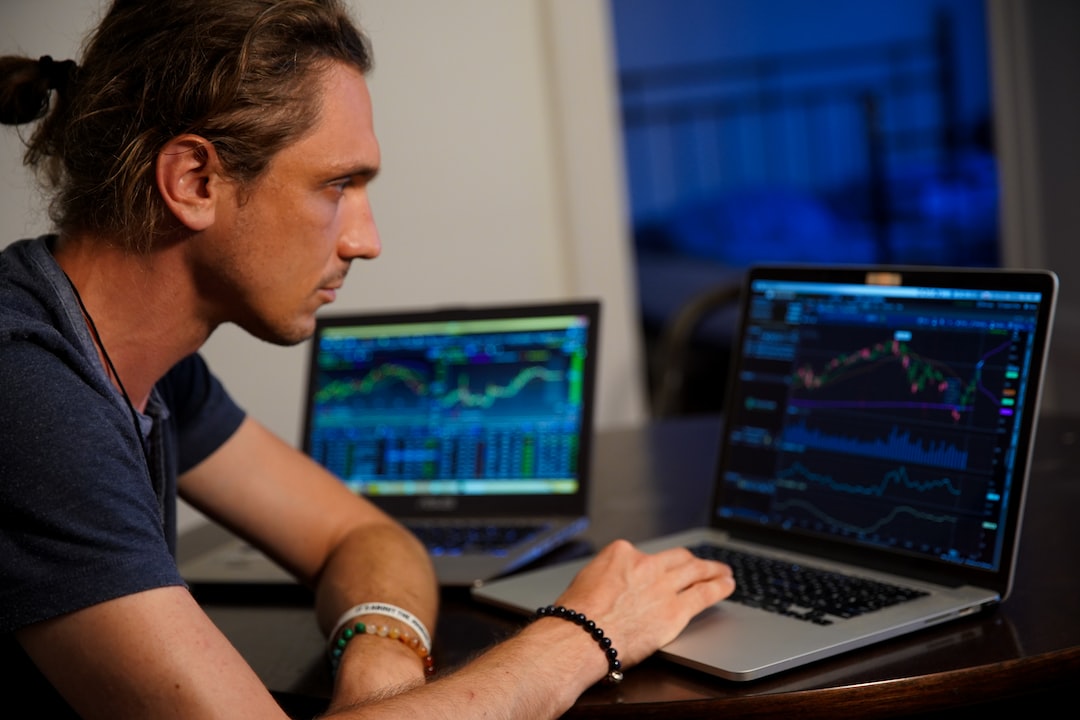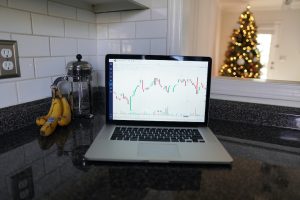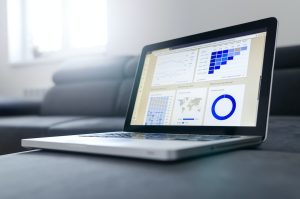Forex trading is the process of exchanging one currency for another currency to make a profit. This market is the largest financial market in the world and it operates 24 hours a day, 5 days a week. Forex trading is done over the counter (OTC), which means that trades are conducted between two parties directly, instead of through a centralized exchange. In this article, we will explore how forex trading is done and the key factors to consider when trading in this market.
The first step in forex trading is to choose a broker. A forex broker is a company that provides traders with access to the forex market. There are many forex brokers to choose from and it is important to do your research before selecting one. Consider factors such as regulation, fees, trading platform, customer support, and trading tools.
Once you have selected a broker, the next step is to open a trading account. The process of opening an account is straightforward and can be done online. The broker will ask for personal information and may require you to verify your identity.
After opening a trading account, the next step is to fund it. Most brokers offer multiple funding options, including bank transfer, credit/debit card, and e-wallets such as PayPal or Skrill. It is important to choose a funding method that is convenient and secure.
With a funded trading account, you can now start trading. Forex trading involves buying one currency while simultaneously selling another currency. Currencies are traded in pairs, such as EUR/USD, USD/JPY, and GBP/USD. The first currency in the pair is called the base currency, while the second currency is called the quote currency.
When trading forex, you can either go long or short. Going long means buying a currency pair with the expectation that its value will increase, while going short means selling a currency pair with the expectation that its value will decrease. Traders can also use leverage to increase their trading power. Leverage allows traders to control a large position with a relatively small amount of capital. However, leverage can also increase the risk of losses.
Forex trading involves analyzing the market to identify trading opportunities. Traders use technical and fundamental analysis to make trading decisions. Technical analysis involves studying charts and identifying patterns to predict future price movements. Fundamental analysis involves analyzing economic and political factors that can affect currency prices.
Traders can also use various trading strategies, such as scalping, swing trading, and position trading. Scalping involves making multiple trades with small profits and a tight stop loss. Swing trading involves holding positions for several days or weeks to capture larger price movements. Position trading involves holding positions for several months or even years to capture long-term trends.
Forex trading also involves managing risk. Traders can use stop-loss orders to limit their losses if a trade goes against them. Traders can also use take-profit orders to lock in profits when a trade reaches a certain price level. Risk management is crucial in forex trading to avoid large losses that can wipe out a trading account.
In conclusion, forex trading is a complex and dynamic market that requires knowledge, skill, and discipline. It is important to choose a reputable broker, open a trading account, and fund it. Traders should also analyze the market, use trading strategies, and manage risk. With the right approach, forex trading can be a profitable and rewarding experience.





